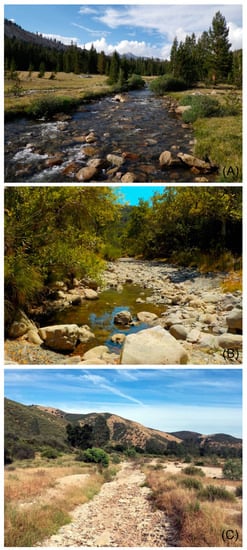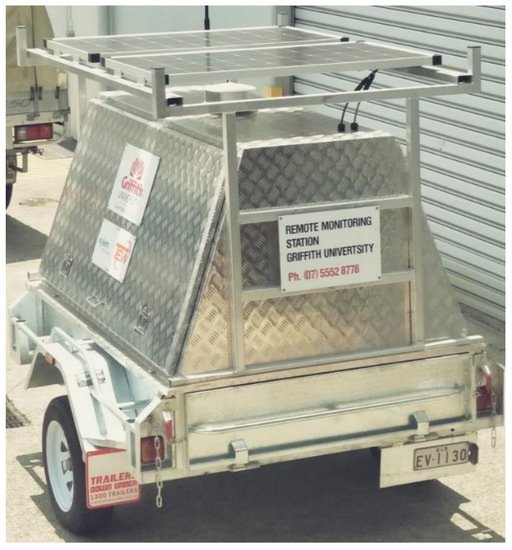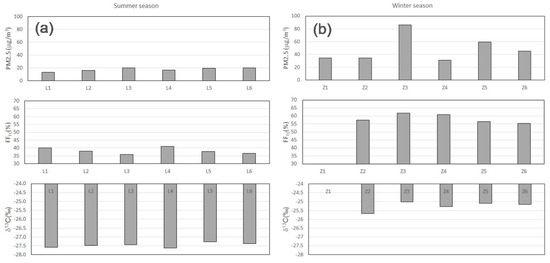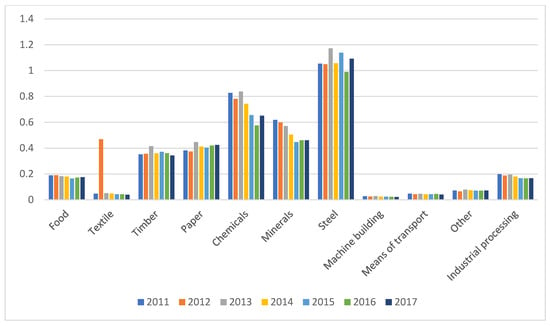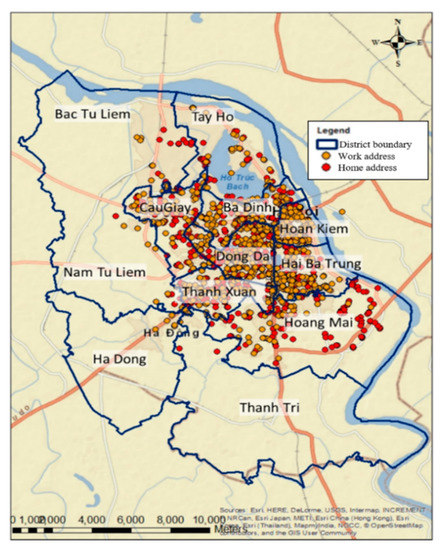1
Key Laboratory of Digital Earth Science, Aerospace Information Research Institute, Chinese Academy of Sciences, No. 9 Dengzhuang South Road, Beijing 100094, China
2
State Key Laboratory of Remote Sensing Science, Aerospace Information Research Institute, Chinese Academy of Sciences, No. 9 Dengzhuang South Road, Beijing 100094, China
3
Hainan Key Laboratory of Earth Observation, Aerospace Information Research Institute, Chinese Academy of Sciences, Sanya 572029, China
Sustainability 2020, 12(14), 5784; https://doi.org/10.3390/su12145784 - 17 Jul 2020
Cited by 80 | Viewed by 7305
Abstract
Floods are some of the most serious and devastating natural hazards on earth, bringing huge threats to lives, properties, and living environments. Rapid delineation of the spatial extent of flooding is of great importance for the dynamic monitoring of flood evolution and corresponding
[...] Read more.
Floods are some of the most serious and devastating natural hazards on earth, bringing huge threats to lives, properties, and living environments. Rapid delineation of the spatial extent of flooding is of great importance for the dynamic monitoring of flood evolution and corresponding emergency strategies. Some of the current flood mapping methods mainly process single date images characterized by simple flood situations and homogenous backgrounds. Although other methods show good performance for images with harsh conditions for floods, they must be trained—many times based on pre-classified samples—or undergo complicated parameter tuning processes, which require computation efforts. The widely used change detection methods utilize multi-temporal Synthetic Aperture Radar (SAR) images for the detection of flood area, but the results are largely influenced by the quality of defined reference images. Furthermore, these methods were mostly applied for some river basin floods, which are not effective for the large scale, semi-arid regions with complex flood conditions, and various land cover types. All of these extremely limited the use of these methods for the timely and accurate extraction of the spatial distribution pattern of floods in other typical and broad areas. Based on the above considerations, this paper presents a new method for rapidly determining the extent of flooding in large, semi-arid areas with challenging environmental conditions, based on multi-temporal Sentinel-1 Synthetic Aperture Radar (SAR) data. First, a preprocessing scheme is applied to perform geometric correction and to estimate the intensity of the imagery. Second, an automatic thresholding procedure is used to generate an initial land and water classification through the integration of the probability density distribution. A fuzzy logic-based approach, combining SAR backscattering information and other auxiliary data, is then used to refine the initial classified image. The fuzzy logic-based refinement removes areas that look similar to water in the SAR images, significantly enhancing the flood mapping accuracy. Finally, a post-processing step consisting of morphological operations and extraction improves the homogeneity of the extracted flood segments, discards isolated pixels, and gives the final flood map. This method can automatically detect the extent of floods at little computational cost. As Sentinel-1 data are publicly available and have a fast repeat cycle, the procedure can provide near real time results for rapid emergency response following flash floods. The accuracy of the proposed method is assessed at three test sites in Pakistan, which covered diverse landscapes and suffered large scale serious flooding after a long and severe drought in 2015. In comparison with the more recent studies from Ohki et al., 2020, and Shahabi et al., 2020, our results indicate the best spatial agreement with GF-2 panchromatic multi-spectral (PMS) water classification, with an encouraging overall accuracy ranging from 91.1% to 96.6%, and Kappa coefficients ranging from 0.893 to 0.954. Especially for the areas with fragmented floods, heterogeneous backgrounds, and the areas where samples are highly unbalanced in the SAR images, our method combines the global statistics and local relationships of backscattering properties, terrain, and other auxiliary information, enabling to effectively preserve the detailed structures and also remove the noise.
Full article
(This article belongs to the Section Hazards and Sustainability)
▼
Show Figures



